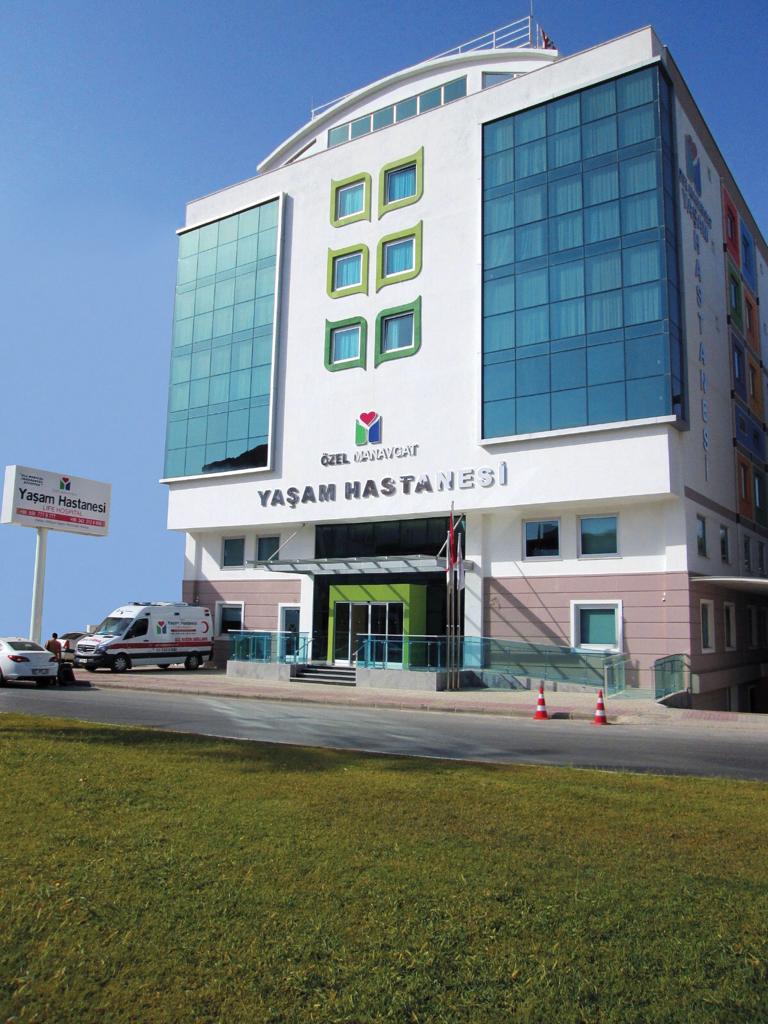Interventional Radiology (Organ, Biopsy, HSG, Nephrostomy)
- Vascular Interventional Radiology
- Extravascular Interventional Radiology
Diagnosis and Treatment Methods with Imaging
It is a diagnostic and therapeutic discipline that is applied in our hospital and rapidly opens up wide areas in modern medicine. Its main feature is to perform diagnosis and treatment procedures by entering the body by means of pinholes instead of large incisions, unlike surgeries. No surgical incision is made in interventional radiology treatments. The use of imaging methods (such as angiography device, computed tomography and ultrasonography) during body intervention eliminates the problems that can be caused by blind interventions. General anesthesia is not required in the vast majority of procedures. Patients are hospitalized on the same day after the procedure or hospitalized and discharged the next day. Mostly advanced technology devices are used in the therapeutic procedures of the patients. The most common application areas are vascular angiography and organ biopsies. (Kidney, liver, thyroid, breast and prostate).
Hysterosalpingography Examination
Hysterosalpingography (HSG, medicated film of the uterus and tubes) is a radiological examination that reveals possible abnormalities-diseases in the uterus and whether the tubes are open. It is especially used in the diagnosis and treatment of infertility. In our hospital, this examination is carried out with high quality and sensitivity with simultaneous observation accompanied by scopy. In addition, dynamic images are given as recorded on CD.



